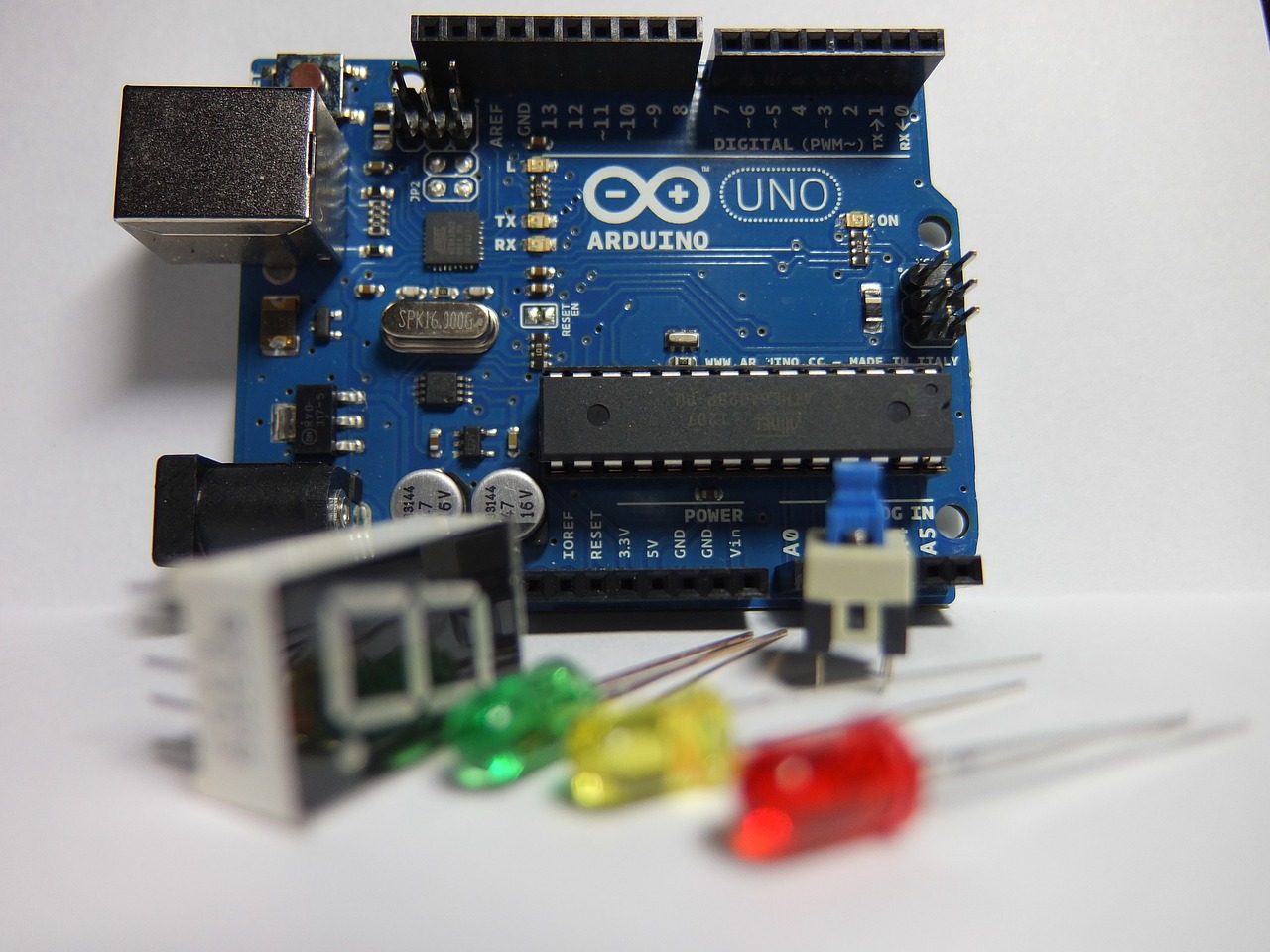PLC可编程控制器的整个工作过程
PLC,即可编程逻辑控制器,是一种数字计算机,用于在复杂的工业环境中执行精确的控制任务。PLC的工作过程通常包括以下几个步骤:1. **输入采样**:PLC首先读取其输入端口的状态。这些输入可能来自传感器、按钮或开关等设备。,2. **数据处理**:PLC根据用户编写的程序对输入数据进行处理。这可能包括逻辑运算、算术运算或数据转换等操作。,3. **输出刷新**:处理完数据后,PLC会更新其输出端口的状态。这些输出可能控制继电器、电机或显示器等设备。,4. **循环执行**:PLC会不断重复上述过程,直到收到停止命令或达到设定的任务完成条件。在整个工作过程中,PLC的编程能力使其能够根据不同的应用需求灵活调整控制逻辑,从而提高系统的自动化水平和运行效率。
I. Introduction
PLC (Programmable Logic Controller) is a digital computer designed to perform as a controller for various industrial applications. It operates under the principle of storing and executing user-written software instructions, commonly referred to as programs, to control the industrial process. PLCs are widely used in automation and control systems, playing a crucial role in improving efficiency and reducing human error in industrial processes.

II. PLC Working Process
1、Input Sampling
PLC starts by sampling the input signals from various sensors or switches connected to its input ports. These input signals represent the current state of the industrial process, such as temperature, pressure, or position. PLC stores these sampled values in its internal memory for further processing.
2、Program Execution
PLC then executes the user-written program stored in its memory. This program defines the desired sequence of operations for the industrial process, such as heating, cooling, or mixing. PLC evaluates the program based on the current input values and updates its internal state accordingly.
3、Output Refresh
PLC refreshes its output ports based on the current internal state and program execution results. It sends control signals to the industrial process equipment, such as heaters, pumps, or valves, to adjust the process conditions according to the desired sequence of operations. This step ensures that the industrial process remains under control and achieves the desired results.

4、Monitoring and Feedback
PLC continuously monitors the industrial process and receives feedback from sensors or switches connected to its input ports. This feedback allows PLC to adjust its output signals based on the actual process conditions, ensuring that the process remains stable and effective. PLC also stores this feedback data in its internal memory for further analysis or debugging if needed.
III. Advantages of PLC
1、Flexibility and Efficiency
PLC provides high flexibility and efficiency in industrial process control. By writing different programs, PLC can easily adapt to different process requirements, such as temperature control, pressure regulation, or position tracking. This allows industrial processes to be optimized and automated, reducing human intervention and increasing productivity.
2、Reliability and Stability
PLC is designed to operate reliably and stably in industrial environments. It has built-in fault detection mechanisms to identify and respond to potential problems, ensuring that the industrial process remains under control even in case of minor errors or disturbances. This ensures that industrial processes are not affected by external factors, such as temperature or humidity changes, providing consistent results.

3、Easy Programming and Debugging
PLC programming is relatively easy and straightforward compared to other industrial control systems. The user-friendly interface of PLC allows engineers to write and debug programs quickly and efficiently. This allows industrial processes to be easily customized and optimized based on actual performance data. Additionally, PLC provides extensive diagnostic tools to help identify and resolve programming errors or hardware issues quickly.
IV. Conclusion
PLC plays a crucial role in industrial automation and process control, offering high flexibility, efficiency, reliability, and stability. Its ability to adapt to different process requirements while maintaining consistent performance makes it an essential tool for modern industrial applications. By understanding and harnessing the power of PLC, industrial engineers can create complex but efficient automated processes that improve efficiency and reduce errors while increasing productivity and profitability.
Articles related to the knowledge points of this article:
Customizing Huangshan PLC Controllers: A Detailed Journey
Zhoushan PLC Controller Manufacturers
Sales of Jiangsu Industrial PLC Controllers
Hanchuan PLC Controller Manufacturers: A Look into Their Business and Products